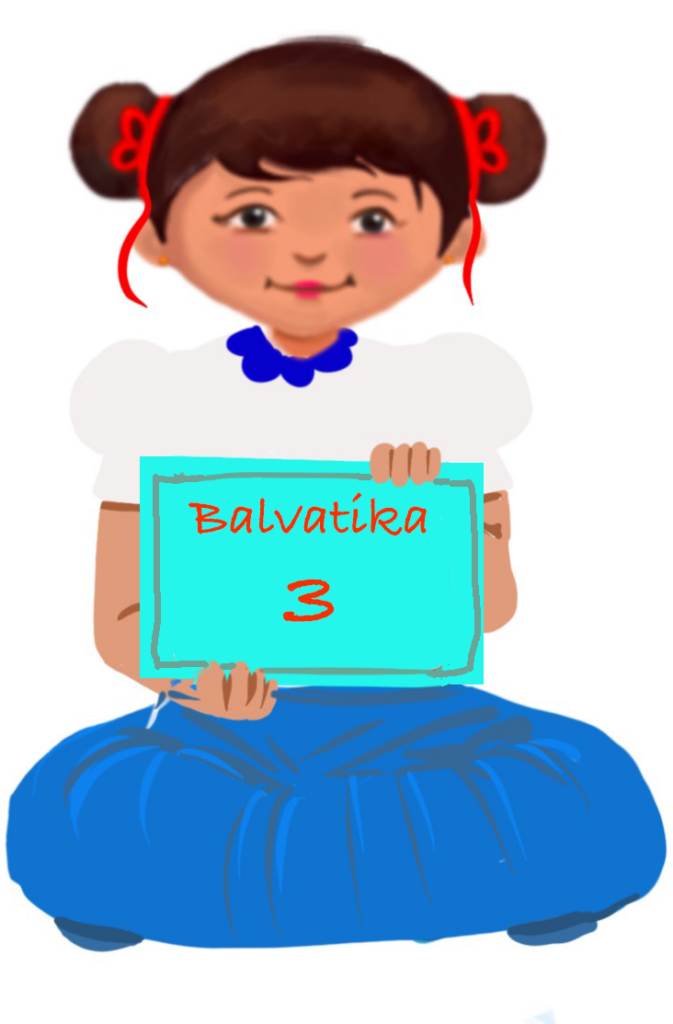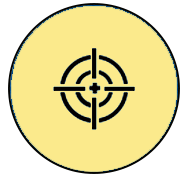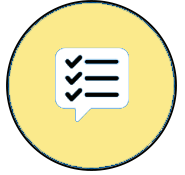
Time and Money
Week 2 – Indian Currency
Learning Outcome
Identifies Indian currency coins and notes.
 Objective
Objective
Children will be able to understand the different denominations of coins and notes.
 Prerequisites
Prerequisites
Numbers 1 to 10.
 Pre-teach Vocabulary
Pre-teach Vocabulary
Coins, rupee, money, cost, price
Introduction
The teacher can show a few real coins and rupee notes and ask the children if they have seen and know what they are and for what they are used. After getting the response, the teacher can show the flash cards depicting Indian coins and notes and tell the denomination and ask the children to repeat after her/him. Then she/he can say, “Children, I’ll narrate a story now.”
Material required:
1. Coins and notes of different denominations. (Real or play coins/notes)
2. Large pictures of coins and notes.
Flashcards: Indian coins and notes – Coming soon
Introduction to Currency: Story
Magical playground
The teacher begins the narration.
In a village by the sea, there was a magical playground with talking animals. Tutu the Turtle and Squeaky the Squirrel decided to tell their friends a special story. “Long ago,” began Tutu, “a magical tree in our village grew shiny coins instead of fruits. These coins were called rupees and were used to buy snacks, toys, and more.”
“There were small silver coins and big golden ones,” Tutu continued. “With rupees, you could buy a sweet mango or a beautiful kite. The more you had, the more you could get. But the best part was sharing them with friends.”
The animals cheered, realizing that coins were not just for buying things but for sharing joy.
The teacher uses Indian coins and notes, while introducing the concept-money.
Show each denomination one by one, telling the name and value and let the children repeat after you. ‘This is a 1 rupee coin.’ ‘This is a 10 rupee note.’ (Up to 10 rupees only)
Pass around the money for children to see and touch. (Coins-Metal, Rupee- paper)
Ask them to notice the colour, pictures and numbers on them.
Repeat for all the available coins and notes till the children become familiar with the Indian currency.
The teacher can then show the video: Magical playground
Video: Story – Magical playground – Coming soon
ISL Video: Story – Magical playground – Coming soon
LTM: Picture cards for the story: Magical Playground – Coming soon
The teacher can ask the following questions to assess the children’s comprehension of the concept – money – after showing the video and familiarising the children with the Indian currency and coins by letting them handle and feel the coins and paper money.
- What can you do with money?
Answer: We can buy many things. - If I give you 10 rupees what will you do?
Answer: Children may give different answers.
The teacher can then say, Children get ready for an interesting activity.
Activity 1: Our Mock Store
Objective:
To learn about Indian money, and its usage in buying things.
Importance of the activity for children:
Helps in developing:
- Fine motor skills (counting the coins and notes, hand-eye coordination)
- Gross motor skills (moving to buy things, concentration)
- Cognitive skills (decision making, buying things according to the money in hand, recognise the currency)
- Social skills (cooperation, waiting for the turn, playing together)
- Conceptual skill (cost, price, together)
Resources required:
- Play currency (coins and notes)
- Items for the store (pencil, eraser, toys, fruits, biscuits)
- Felt board to display the items available in the store.
Setting for the activity:
The activity can be done indoors/ outdoors.
Type of activity: Group activity.
Preparation of activity:
The teacher makes the necessary arrangements to set up the mock store.
Role of the teacher: Demonstrator and facilitator
Procedure:
- Set up a small mock store with items priced with small denominations (1, 2. 5, 10 rupees)
- Call out a child to be the shopkeeper. Provide the shopkeeper also with some money.
- Provide money to other children to buy things.
- See that the children have enough money to buy two or three things.
- Ask them to buy items by counting out the correct amount of money.
- Observe and help the children to count the correct amount of money to buy items and discuss receiving change if applicable.
- Let children take turns being the shopkeeper.
- Allow free discussion among the children.
Observation:
The students are made to observe the result of the activity as follows:
1. How money is used in our day-to-day life.
2. Selecting items according to the money in hand.
The teacher can note down their ability to count and use money correctly. For example, if the child is still confused about the denomination, she /he can help the student by demonstrating how to identify the denomination and count the money.
Suggested variation in the activity:
1. The teacher can arrange a bigger mock store with more things.
2. The difficulty level can be increased by adding more currency having bigger value (20, 50 rupees)
Conclusion:
Children would learn to count and use Indian currency to buy things from a store/shop.
Video: Our Mock store – Coming soon
ISL Video: Our Mock store – Coming soon
Assessment: Match the currency with its value
The teacher can give the assessment worksheet at the end of the lesson.
Assessment Worksheet: Match the currency with its value – Coming soon
Home Activity:
1. Art through coin impressions
Objective:
To reinforce the concept of ‘Money’ through a creative activity.
Create your artwork:
The teacher can give the following written instructions for parental guidance to children at home.
Instructions:
- Place a coin under a sheet of paper.
- Use the side of a crayon to gently rub over the coin, revealing the image on the paper.
- Encourage them to use different coins. (One-rupee, Two-rupee, Five- rupee, Ten- rupee)
- Allow the children to create a collage with the images.
The following day the collage created by children can be displayed in the class.
2. Match the numbers to the number of coins
Objective:
To reinforce the concept of ‘Money’ by matching coins with value: An online fun activity
Fun Activity: Word Wall – Match the numbers to the number of coins – Coming soon
Cross-Curricular Connection:
- In art class: Provide colouring sheets with images of coins and notes. Let the children colour them. Discuss about the details seen in them.
Check list for teacher:
| Activity | Yes | No | Sometimes |
| Children can: | |||
| Identify coins | |||
| Identify rupee notes | |||
| Count the coins and notes | |||
| Complete the activity in the given time | |||
| Do the activity independently | |||
| Express verbally and through actions, expressions or gestures |
Adaptations for addressing learner variability: Adaptations and Strategies – Coming soon
Teacher Resource Document
| Source and Attribution of images: All images used in the above Assets and Aids are originally created. |
| This digital material has been developed by the Sri Sathya Sai Vidya Vahini Inclusive Education Project, a unit of Sri Sathya Sai Central Trust, Prasanthi Nilayam, as a collaborative offering in the service of our nation. |